Dental Implant Insurance Coverage
Dental implants can be a significant investment in your oral health and aesthetics. Understanding the insurance options available to cover these procedures can help you navigate the costs effectively.
Understanding Dental Insurance Policies
When considering dental insurance for implants, it’s important to note that not all policies cover these procedures. Many plans restrict coverage to what is deemed medically necessary, which means your particular situation may influence reimbursement. Most insurance providers may cover up to 50% of the procedure costs, but this often applies only to specific components, such as abutments or crowns. If you are utilizing plans like Blue Cross Blue Shield or MetLife, make sure to review the specifics of your policy regarding implant coverage.
| Insurance Plan Type | Coverage Details |
|---|---|
| Medical Necessity | Up to 50% coverage for specific aspects |
| Major Procedures | Limited coverage, varies per policy |
| Preventive Procedures | Often fully covered without a doubt |
For individuals looking to gain a clearer understanding of their benefits, submitting a treatment plan with a cost estimate for pre-authorization is advisable. This process allows you to receive confirmation of your coverage and out-of-pocket costs before your procedure begins. Many dental insurers, including Aflac, require this step to determine coverage eligibility.
Coverage for Medically Necessary Implants
If your dentist determines that dental implants are medically necessary, you may qualify for partial insurance coverage. However, procedures are often categorized as major, which can limit the number of covered procedures per year. Out-of-pocket expenses will depend on various factors embedded in your insurance plan, such as deductibles, coverage percentages, and exclusions that may not be covered under your policy.
Most insurance providers do not cover dental implants outright. Some might assist with a portion of the costs associated with medically necessary procedures, emphasizing the need for thorough research on your specific coverage options. For more information on how different insurance providers handle these procedures, explore our links about dental implant treatment covered by Aetna, blue cross blue shield dental implant coverage, and metlife insurance dental implant dentist.
By understanding your insurance policy, you can better prepare for the financial aspects of dental implants, ensuring that you receive the treatment you need while maximizing your benefits.
Factors Influencing Coverage
Understanding the nuances of your dental insurance can make a significant difference in your overall expenses, particularly when it comes to dental implants. Several factors influence how much coverage you receive for these procedures.
Pre-Authorization Requirements
Many dental insurers require pre-authorization for dental implants. This process involves submitting a treatment plan, cost estimate, and supporting medical documentation before the procedure takes place. This step is beneficial as it helps you understand the potential costs involved before committing to surgery (Investopedia). Pre-authorization can alleviate surprises by clarifying the extent of your coverage.
Categorization of Implant Procedures
Insurance plans often categorize implant procedures as major procedures. This categorization can lead to partial coverage and might cover up to 50% of the total cost associated with placing dental implants. However, plans may also impose limits on the number of implant procedures allowed in a given year. In contrast, preventive procedures tend to receive full coverage, which can leave you financially responsible for a significant portion of your implant costs (Investopedia).
| Procedure Type | Coverage Level | Notes |
|---|---|---|
| Major Procedures | Up to 50% | E.g., dental implants, limited per year |
| Preventive Procedures | Full Coverage | Routine check-ups, cleanings, etc. |
Out-of-Pocket Expenses
Out-of-pocket expenses vary significantly based on your dental insurance plan. Factors such as deductibles, coverage percentages, and any additional services not covered under your policy can affect your total costs. Some plans may only cover a portion of the overall dental implant costs, which makes it important to review the details of your policy (Investopedia). Knowing these specifics helps you prepare for any financial commitment required when considering dental implants.
| Cost Component | Estimated Range | Notes |
|---|---|---|
| Dentists Consultation | $50 – $200 | May be covered by insurance |
| Implant Placement | $2,000 – $4,500 | Coverage varies by insurance plan |
| Additional Procedures | Varies widely | Depends on complexity and location |
Understanding these elements can guide you in navigating your options and ensuring that you’re making informed decisions about dental care. For further details on specific insurance policies, you may want to explore insurance that covers dental implants or check coverage with providers like MetLife and Blue Cross Blue Shield.
Average Costs and Additional Procedures
Understanding the costs associated with dental implants is crucial for making informed decisions regarding your dental care. Here, we will discuss the cost range for dental implants, additional expenses for complex procedures, and how location impacts pricing.
Cost Range for Dental Implants
The cost of dental implants can vary significantly based on several factors. For one tooth, the total cost typically falls between $3,000 to $7,000. This estimate includes both the implant device and the surgical procedure involved Aflac. The American Dental Association 2020 Survey of Dental Fees reports costs ranging from $540 to $2,868 per single implant Humana based on various factors including the complexity of the procedure and the unique needs of the patient.
| Cost Element | Price Range |
|---|---|
| Single Dental Implant | $540 – $2,868 |
| Total Implant Procedure (1 tooth) | $3,000 – $7,000 |
| Average Price for Arch (unsupported) | $6,800 |
Additional Costs for Complex Procedures
If the dental implant procedure is more complex, there could be additional costs involved. Factors that may lead to increased costs include the number of implants required, type of implants, the necessity of prosthetic teeth, and extractions prior to the implant procedure. Patients should prepare for potentially higher expenses when multiple implants or intricate procedures are involved.
Impact of Location on Pricing
Location plays a significant role in the overall cost of dental implants. Urban areas with higher living costs may have higher fees for dental procedures compared to rural areas. For example, the average price of an implant-supported arch is around $6,800 at clinics like Aspen Dental, but this can vary widely based on geographic location Aspen Dental.
When considering your options, it’s important to check with specific dental providers about their prices and whether your insurance covers dental implants. Understanding these costs upfront can prevent unexpected financial strains and help you prioritize your dental health effectively. For further insights on insurance options, you might explore insurance that covers dental implants.
Types of Dental Implants
When considering dental implants, it is essential to understand the different types available to you. Each type serves a specific purpose based on your individual needs and bone structure. The three common types of dental implants are endosteal, subperiosteal, and zygoma implants.
Endosteal Implants
Endosteal implants are the most commonly used type of dental implant. They are placed directly into the jawbone and serve as a sturdy foundation for one or more prosthetic teeth. This type of implant typically requires a sufficient amount of bone density to ensure proper placement and stability.
| Feature | Details |
|---|---|
| Placement | Directly into the jawbone |
| Recommended for | Patients with sufficient jawbone density |
| Recovery | Usually involves a healing period for integration with the bone |
Because endosteal implants integrate with the jawbone, they provide excellent stability and support for crowns, bridges, or dentures. If you’re exploring options for insurance coverage, you can learn more about insurance-covered dental implant consultation.
Subperiosteal Implants
Subperiosteal implants are a suitable alternative for individuals who may not have enough jawbone density to support endosteal implants. These implants are placed beneath the gum tissue but atop the jawbone. Subperiosteal implants are often recommended for patients who are not candidates for bone grafting.
| Feature | Details |
|---|---|
| Placement | On top of the jawbone beneath the gum tissue |
| Recommended for | Patients with insufficient jawbone density |
| Recovery | Generally has a shorter healing period than endosteal implants |
Subperiosteal implants provide a reliable foundation for dental prosthetics while preventing further bone loss. If you have specific insurance inquiries, check out our resources on metlife insurance dental implant dentist or blue cross blue shield dental implant coverage.
Zygoma Implants
Zygoma implants are specialized implants that are anchored into the cheekbone (zygomatic bone) rather than the upper jawbone. This type is typically used for patients who have significant jawbone loss and cannot support traditional implants. Zygoma implants provide an alternative for those needing implants in the upper jaw area.
| Feature | Details |
|---|---|
| Placement | Anchored in the cheekbone |
| Recommended for | Patients with severe upper jaw bone loss |
| Recovery | Requires specialized surgical techniques, with a longer recovery time |
Zygoma implants can support dental prosthetics effectively and are a viable option for many patients with complex dental situations. For more information on coverage, consider reviewing the options for full mouth dental implants united healthcare approved.
Understanding the different types of dental implants can help you make informed decisions about your dental health needs. Whether you choose endosteal, subperiosteal, or zygoma implants, be sure to consult with a trusted dental professional to determine the best option for you.
Maintaining Dental Implants
To ensure your dental implants last a long time and remain in good health, it’s important to adopt a consistent care routine. Comparable to caring for natural teeth, maintaining dental implants requires diligence and adherence to best practices.
Dental Hygiene Practices
Proper dental hygiene is crucial for preserving the integrity of your dental implants. Here are the recommended practices you should follow:
- Brush Twice Daily: Use a soft-bristled toothbrush and non-abrasive toothpaste to brush your implants and the surrounding gums gently.
- Floss Daily: Flossing is essential to prevent plaque buildup around the implants and protect the health of your gum tissue.
- Professional Cleanings: Schedule professional cleanings at least twice a year to remove any tartar or plaque that may accumulate over time. Regular visits help maintain oral health and monitor the condition of your implants.
| Practice | Frequency |
|---|---|
| Brushing | Twice a Day |
| Flossing | Daily |
| Professional Cleanings | Every 6 Months |
Neglecting these practices can lead to complications, such as infections in the surrounding gum tissue, similar to natural teeth susceptible to periodontal disease. It is vital to prioritize thorough dental hygiene to avoid these issues. For more details on dental implant care, consider our section on insurance-covered dental implant consultation.
Long-Term Care Recommendations
In addition to basic hygiene practices, you should also adopt long-term care strategies for your dental implants to enhance their longevity:
- Avoid Hard Foods: Steer clear of hard foods that could potentially damage your implants. Instead, focus on a balanced diet rich in fruits, vegetables, and whole grains.
- Quit Smoking: If you smoke, consider cessation. Smoking can hinder healing and increase the risk of gum disease, negatively impacting your implants.
- Stay Hydrated: Drinking plenty of water promotes saliva production, helping to wash away food particles and bacteria that can lead to oral health issues.
- Monitor Changes: Keep an eye on any changes in your oral health, such as swelling or discomfort around the implant site, and consult your dentist if you notice any issues.
Maintaining dental implants is not just about immediate care; it’s also essential to think long-term. Adopting these practices will contribute to your overall dental health and the longevity of your implants. For more advice on how to maximize your insurance benefits, explore our guide on insurance that covers dental implants.
Maximizing Insurance Benefits
Navigating insurance for dental implants can be complex, but understanding how to maximize your benefits is essential. Here are key considerations and strategies to help you make the most of your dental insurance coverage.
Insurance Plan Considerations
When selecting an insurance plan that covers dental implants, reviewing the specifics of the policy is crucial. Dental insurance policies often categorize implant procedures as major procedures, which may result in partial coverage, such as up to 50% of the total cost. Some policies impose limitations on the number of implant procedures allowed each year. Preventive procedures, however, are generally fully covered by most plans. For instance, plans like MetLife’s VADIP provide comprehensive benefits for veterans and allow for various types of implants without waiting periods.
| Provider | Coverage Type | Additional Info |
|---|---|---|
| Delta Dental | 50% reimbursement | 12-month waiting period for implants |
| MetLife | No waiting period | $500 annual maximum benefit |
| United Healthcare | 10-50% coverage | Gradually increasing coverage, $2,000 max |
Health Savings Accounts (HSAs) and Flexible Spending Accounts (FSAs)
Utilizing Health Savings Accounts (HSAs) and Flexible Spending Accounts (FSAs) is an excellent way to offset out-of-pocket expenses related to dental implants. These accounts allow you to set aside pre-tax money for eligible healthcare expenses, including dental procedures not covered by insurance. For example, if you anticipate significant costs, contributing to an HSA or FSA can help reduce your overall financial burden.
You can also use these accounts to cover costs associated with other dental care treatments, such as routine exams or preventive care. Be sure to check the specific eligible expenses your plan covers.
Utilizing In-Office Savings Plans
Many dental practices offer in-office savings plans designed to provide patients with cost-effective options for various dental services, including implants. These plans often require a membership fee upfront and can provide significant discounts for procedures. Investigate whether your dental care provider in Huntersville, NC offers such plans. They can be an excellent way to enhance your insurance coverage, especially if your existing plan has limitations.
For more information on insurance options and specific providers, explore our resources on insurance-covered dental implant consultations, as well as affordable dental implants. By being proactive and informed, you can maximize your benefits and find the best insurance that covers dental implants.








